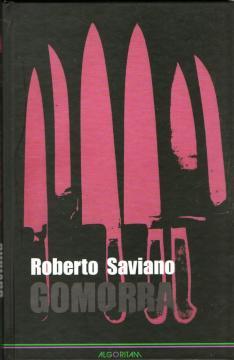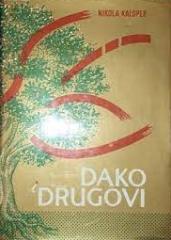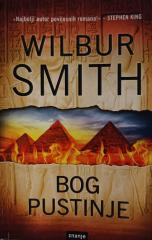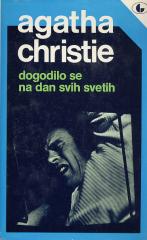
Gomorra: Putovanje u camorrin gospodarski imperij i san o dominaciji
A shocking reportage about the empire of the Neapolitan Camorra mafia. Saviano spent two years working in textile and construction companies under their control, revealing the unscrupulous mechanisms of a criminal empire that permeates every aspect of lif
The book reconstructs the economic power of the Camorra: from the trade in goods and counterfeit luxury goods (such as Dolce & Gabbana counterfeits) to the disposal of toxic waste on agricultural land, corruption in construction and the food industry, and arms and drug trafficking. Clans like the Casalesi, Di Lauro and Secondigliano create a parallel social system: widows receive compensation for murdered husbands, mothers are protected if their sons die for the boss, and young people enter a world of revenge and brotherhood, where poverty and hopelessness become fertile ground for recruitment.
Saviano, born in Naples, writes in the first person, drawing the reader into the abyss of reality – from the ritual of murder to the global business connections that connect the Camorra to the Croatian shores and the world market. This is not a film mafia, but an elusive apparatus in modern capitalism, where clans adapt power to changes. Due to the disclosure of secrets, Saviano has been living under police protection since 2006, becoming a symbol of resistance, supported by Nobel laureates like Orhan Pamuk.
"Gomorrah" is not just an accusation, but a visionary analysis of how crime feeds the economy, and the economy feeds crime. Brutal and passionate, the book sold millions of copies, was translated into 45 languages, screened and nominated for an Oscar, putting global pressure on the mafia. The last sentence still rings: "Maledetti bastardi, sono ancora vivo!" ("Bastards be damned - I'm still alive!") – the curse and triumph of life against darkness.
One copy is available





